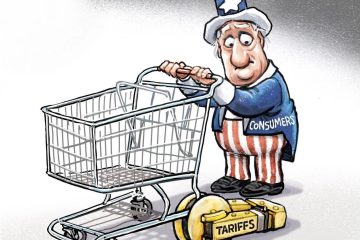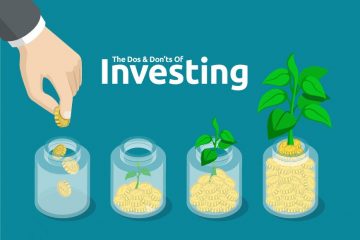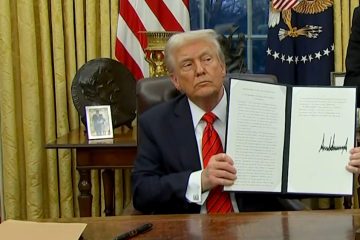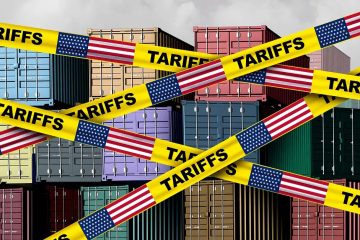Fed’s gloomy economic outlook ‘about right,’ say economists
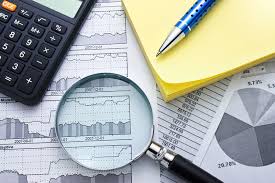
The Federal Reserve struck the right tone in its first pandemic-era economic outlook, suggesting years of extraordinary policy support for an economy facing a slow and long slog back, according to a majority of economists in a Reuters poll.
While the June 15-22 poll of over 100 economists showed a recovery from the steepest economic downturn was underway as commerce reopens, the loss of output in the first half of this year was not expected to be recouped by the end of next year.
The central bank at its policy meeting on June 10 pledged to keep monetary policy loose for years to help an economy that has buckled under the shutdowns, restrictions and other measures to battle the coronavirus pandemic, which has infected around 9 million people worldwide and killed nearly 120,000 in the United States.
While unprecedented fiscal and economic stimulus sparked a rally in stock markets after a trough in late-March, three-quarters of economists polled, or 45 of 60, said the Fed’s somber economic projections and its ultra-easy policy stance was “about right.”
Ten respondents said the Fed’s projections were “too pessimistic” and only five said “too optimistic.”
Economic data appear to back up the Fed’s economic projections, with jobless claims still more than double their peak during the Great Recession. Fed Chair Jerome Powell has acknowledged it could take years for all the people left unemployed during the pandemic to reacquire jobs.
“I think the Fed is trying to convey a realistic assessment,” said Steven Englander, global head of G10 FX Research and North America macro strategy at Standard Chartered.
“We have 20.1 million more unemployed people and in the next couple of months a lot of those people are likely to come back to work. So, if that doesn’t happen, it’s a disaster. Because, it means that even with all the stimulus, nothing’s working.”
The May employment report showing a gain of 2.5 million jobs was unexpectedly strong, wrongfooting every forecaster who expected many millions more people out of work.
Asked what best describes that report, over 60% of 58 economists who responded said it “overstates the strength of the job market recovery,” while the other 40% said it was “about right.” None said it understated job market strength.
“The May numbers are a reopening bounce with an unemployment rate that understates the true level of labor market dislocation due to misclassification errors,” said Scott Anderson, chief economist at Bank of the West in San Francisco.
The unemployment rate was forecast to fall gradually over the next two years, but still remain well above pre-COVID levels, averaging 9.8% this year and 8.0% next year, meaning the Fed would not meet its dual mandate – 2% inflation and full employment – until at least 2022.
The central bank was expected to keep rates near zero over the forecast horizon and expand its balance sheet, at a little over $7 trillion currently, to $9 trillion by end-2020 and to $10 trillion by end-2021.
(Graphic: Reuters Poll – U.S. economy, jobless rate, Fed balance sheet – here)
U.S. gross domestic product will shrink an unprecedented 34.8% this quarter after contracting 5.0% last quarter, on a seasonally adjusted annualized basis, according to the poll, and broadly unchanged from the last survey.
The economy was forecast to grow 18.5% in the third quarter and 8.0% in the fourth quarter, compared to 16.0% and 9.0% forecast in the last poll.
In a worst-case scenario, the economy was forecast to grow 3.8% in Q3, but shrink 0.9% in Q4, compared to a contraction of 2.5% and 1.0%, respectively, in the May poll.
“All else equal, an earlier COVID vaccine would likely have a larger economic impact, as prolonged weakness in the absence of a vaccine increases the likelihood of severe scarring effects such as permanent layoffs and business closures that are not reversed even after the arrival of a vaccine,” noted Jan Hatzius, chief economist at Goldman Sachs.

